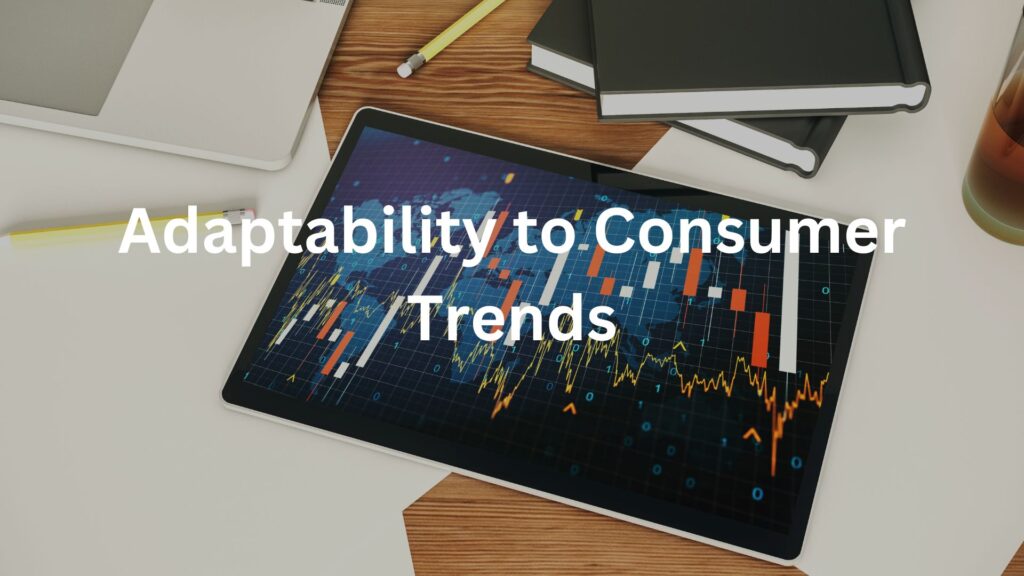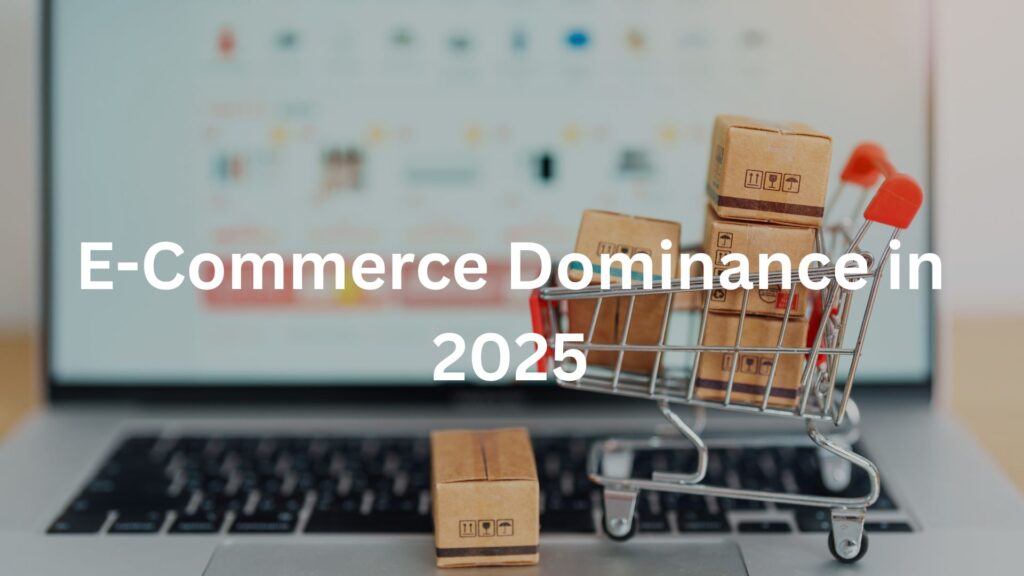
Introduction
The fashion industry is constantly evolving, with trends, consumer behaviors, and technologies reshaping how brands operate. In this fast-paced digital era, having a strong online presence is no longer optional—it is essential. For fashion brands looking to thrive in 2025, a dedicated website serves as the cornerstone of success. It is more than just an online storefront; it is a powerful tool for storytelling, customer engagement, and business growth. While social media platforms and third-party marketplaces have their merits, they cannot replace the control, flexibility, and opportunities that a website provides.
A well-designed website not only enhances your brand’s visibility but also helps you connect with a global audience, showcase your unique identity, and drive direct sales. It empowers you to gather valuable customer insights, implement cost-effective marketing strategies, and adapt to ever-changing consumer expectations. As e-commerce continues to dominate the fashion landscape, investing in a robust and innovative website ensures your brand stays ahead of the competition. This blog delves into the compelling reasons why your fashion brand needs a website in 2025 and how it can be a game-changer for your business
1. Enhanced Brand Visibility
In 2025, the fashion industry remains one of the most competitive markets globally. A dedicated website provides your brand with a 24/7 online presence, allowing customers to explore your collections at their convenience. Unlike social media platforms that are often limited by algorithms, a website guarantees that your brand is always accessible to its audience.

This continuous visibility not only boosts global recognition but also positions your brand as professional and trustworthy. Having a well-designed website helps establish credibility, especially when potential customers compare your brand with competitors. By investing in a strong online presence, you can truly stand out in the saturated fashion market and leave a lasting impression on consumers.
2. Showcase Your Unique Identity
Your fashion brand’s website is the ultimate canvas to express its unique identity. It’s a space where you can highlight your brand story, share your values, and display your collections in an artistic and engaging manner. Unlike third-party platforms that limit customization, your website allows for creative freedom, enabling you to design a visual and functional experience that reflects your brand’s personality.
A curated shopping experience can include features like lookbooks, style guides, or even storytelling elements that walk users through your journey as a designer. By providing a seamless and immersive experience, you not only captivate customers but also create an emotional connection, making them more likely to become loyal supporters of your brand.
3. Reach a Wider Audience
In today’s interconnected world, a physical store limits your reach. A website, on the other hand, allows you to break geographical barriers and attract a global audience. With a multilingual and mobile-friendly website, you can effectively target diverse demographics and cater to their preferences.

Search Engine Optimization (SEO) plays a critical role in helping your brand appear in searches related to fashion trends, styles, or niches. By optimizing your website with relevant keywords, creating high-quality content, and leveraging analytics, you can significantly improve your online visibility. This ensures that when customers search for the products you offer, your website ranks higher and attracts more traffic, turning potential leads into paying customers.
4. Direct Sales Channel
Unlike selling on platforms like Amazon or Etsy, having your own website allows you to operate an independent sales channel free from marketplace fees. This not only saves costs but also lets you maintain full control over the customer experience. You can offer personalized shopping options, such as custom recommendations or exclusive discounts, tailored to each user’s preferences.
Additionally, your website serves as the ideal platform for launching exclusive collections and seasonal sales. By creating a direct connection with your audience, you build brand loyalty and enhance your revenue streams. The ability to collect payments directly and avoid commission charges further strengthens your profit margins, making it a cost-effective choice in the long run.
5. Control Over Customer Data
One of the greatest advantages of having your own website is the ability to collect and analyze customer data. Insights into preferences, shopping behavior, and purchase history enable you to tailor your offerings and marketing strategies to meet customer needs effectively.
With tools like email marketing and loyalty programs, you can build stronger relationships with your audience. For example, sending personalized emails about new arrivals or exclusive discounts creates a sense of exclusivity and appreciation. Analytics also help identify pain points in the shopping journey, enabling you to improve the overall user experience and boost conversion rates.
6. Cost-Effective Marketing
Your website serves as a central hub for all your digital marketing efforts. By integrating blogs, social media campaigns, and email marketing, you can create a cohesive strategy that aligns with your brand’s goals. For instance, blogs about styling tips, behind-the-scenes insights, or sustainability initiatives not only drive traffic but also establish your authority in the industry.

Compared to traditional offline marketing, which can be costly and less targeted, digital marketing through your website offers a higher return on investment (ROI). You can experiment with various strategies, such as pay-per-click (PPC) ads or influencer collaborations, and measure their effectiveness in real-time. This adaptability makes website-based marketing an indispensable tool for growing your fashion brand.
7. Adaptability to Consumer Trends
Consumer behavior is constantly evolving, and your website needs to keep pace with these changes. In 2025, features like augmented reality (AR) and virtual reality (VR) are no longer optional; they are expected by tech-savvy shoppers. Virtual try-ons, for instance, allow customers to visualize how clothing will look on them, reducing returns and enhancing satisfaction.

AI-powered recommendations are another key trend that can personalize the shopping experience. By analyzing customer data, AI algorithms suggest products that align with their preferences, increasing the likelihood of a purchase. Additionally, showcasing your brand’s sustainability efforts, such as eco-friendly packaging or ethical sourcing, helps you connect with the growing segment of environmentally-conscious consumers.
The integration of chatbot technology is another feature that enhances customer engagement. Chatbots provide instant responses to inquiries, assist with product selection, and guide customers through the purchasing process. This real-time interaction creates a seamless shopping experience and builds trust with your audience.
8. E-Commerce Dominance in 2025
The preference for online shopping continues to grow, making e-commerce an essential component of any fashion brand’s strategy. With the rise of mobile commerce, having a responsive and efficient website ensures that you cater to shoppers who browse and purchase via smartphones.

Competing with major players in the e-commerce space requires a website that offers a tailored and exclusive experience. From intuitive navigation to secure payment gateways, every aspect of the user journey should be optimized. By doing so, you not only attract more customers but also retain them, building a loyal customer base that keeps coming back for more.
Moreover, your website allows you to experiment with subscription models or limited-time offerings, creating a sense of urgency and exclusivity that drives sales. Incorporating advanced search filters and personalized recommendations can further refine the shopping experience, making it more convenient and enjoyable for users.
9. Build a Community Around Your Brand
A website is more than just a platform for selling products; it’s a space where you can build a community around your brand. Features like blogs, forums, and user-generated content foster engagement and create a sense of belonging among your customers.
Sharing styling tips, behind-the-scenes content, or collaborations with influencers adds value to your audience’s experience. Highlighting testimonials and user-generated photos helps enhance trust and authenticity. By creating an interactive platform, you encourage customers to engage with your brand beyond just making a purchase, strengthening their emotional connection.
Hosting virtual events, such as fashion shows or styling workshops, is another way to foster community engagement. These events provide a platform for real-time interaction with your audience, enhancing brand loyalty and creating memorable experiences.
10. Future-Proofing Your Business
The shift from physical to digital retail is inevitable, and having a website ensures that your brand is prepared for the future. Emerging trends like voice search and metaverse shopping may redefine how customers interact with fashion brands. By investing in a robust digital infrastructure now, you set your brand up for long-term success.

A website also provides the flexibility to adapt to market changes and consumer preferences. Whether it’s integrating new technologies or launching innovative campaigns, your website serves as a foundation for continuous growth. In a rapidly evolving industry, staying ahead of the curve is crucial, and a well-designed website is your ticket to achieving that.
Building a long-term strategy for your website, including regular updates and user feedback integration, ensures that your platform evolves with the needs of your customers. This adaptability not only keeps your brand relevant but also positions it as a leader in the fashion industry.
Conclusion
In 2025, a website is no longer a luxury for fashion brands—it’s a necessity. From enhancing visibility and reaching a global audience to adapting to consumer trends and future-proofing your business, the benefits of having a dedicated online presence are undeniable.
By creating a website that reflects your brand’s unique identity and offers an exceptional shopping experience, you not only stay competitive but also pave the way for sustained success in the ever-changing world of fashion.
Moreover, a well-designed website serves as a central hub for innovation and customer engagement. It enables you to embrace cutting-edge technologies like AI, AR, and VR, setting your brand apart from competitors. Beyond functionality, it provides a canvas to express your creative vision, telling your story in a way that resonates with customers worldwide.
Owning a website offers unparalleled control over your operations, marketing strategies, and customer interactions. It empowers you to build a loyal customer base through direct communication, personalized experiences, and exclusive offerings. By fostering a community around your brand, you strengthen its emotional appeal and ensure long-term customer retention.
As the digital landscape continues to evolve, a robust website equips your fashion brand to navigate these changes with confidence. Whether it’s expanding into new markets, exploring emerging trends, or establishing a legacy, your website is the cornerstone of a thriving and future-ready business. Investing in your digital presence today means securing your place as a leader in the fashion industry tomorrow.